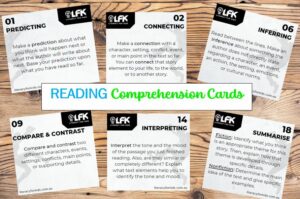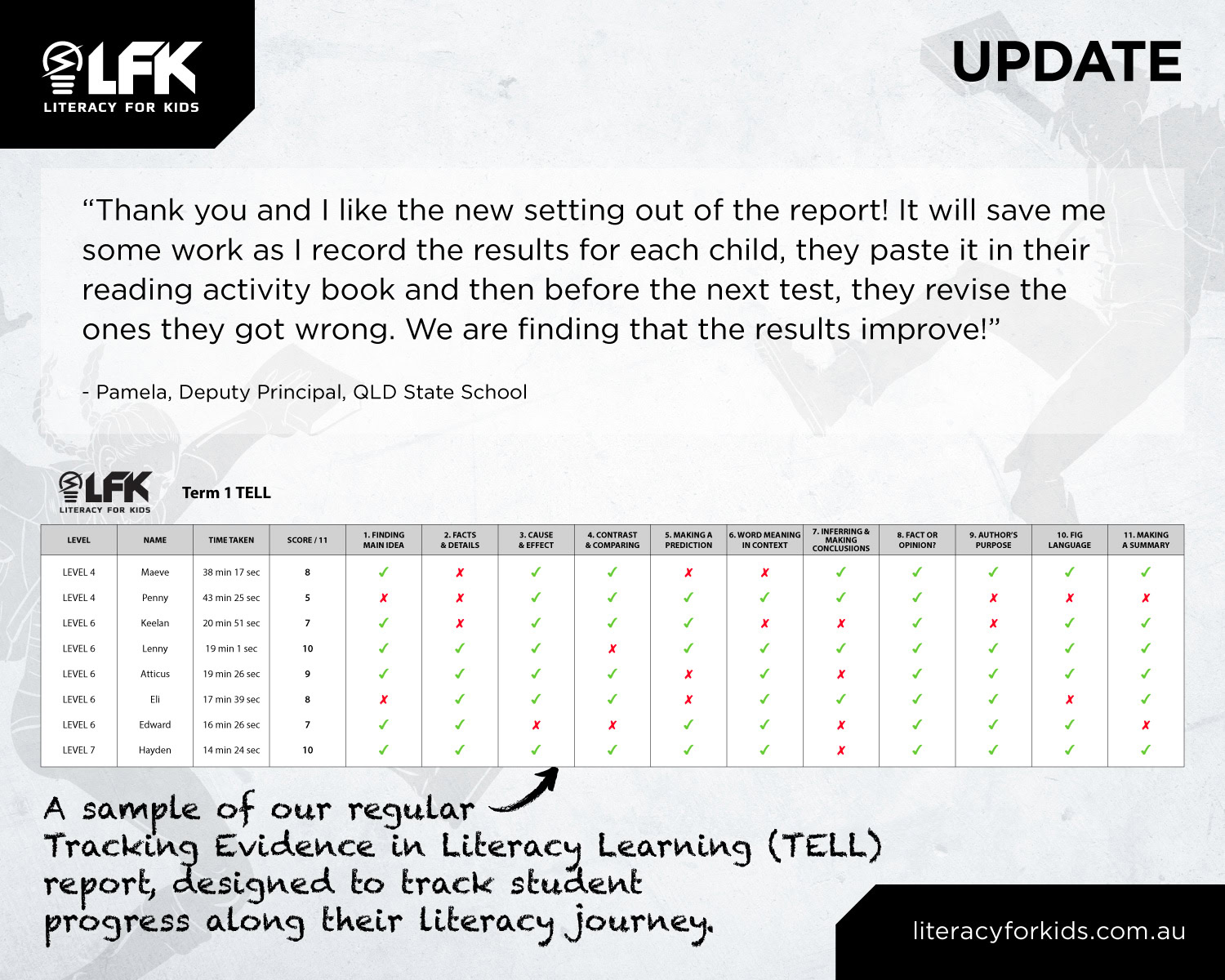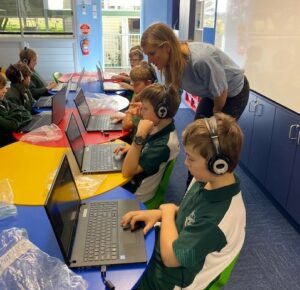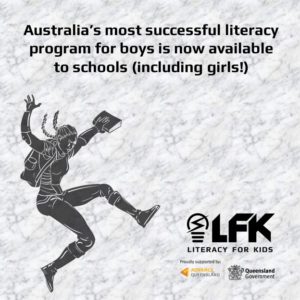Level Up Your Literacy Instruction

Teaching literacy is a skill. It takes a lot of time, practice, and effort to be good at it. This article will show you how to level up your literacy instruction and make a massive impact with your students, all while keeping them engaged!
A Reading Framework: think of it as a steel cable
Our students come to us with different levels of ease for climbing the literacy ladder. What makes skilled readers comprehend so well? Let’s try to understand how several concepts need to work together.
I want you to envision a large thick cable. Consider that a cable is created by twisting smaller strands together. If you break these strands down, they have sub-strands and smaller strands.
Concerning reading, the cable is made up of strands of reading and when woven together, they help strengthen and reinforce the reader.
How do we strengthen these strands for our readers?
Let’s look at the 2 main strands of reading: language comprehension and word recognition.
a) For students to be proficient with word recognition, they need to have phonological awareness, which includes sound manipulation, rhyming and understanding of syllables. They have to have decoding skills, which again has to do with spelling/sound correspondences. They also need to have sight word recognition.
b) For students to have language comprehension, they need to have background knowledge, vocabulary, an understanding of language structures (including syntax), verbal reasoning (for eg. inferencing) and literacy knowledge (ie text structure and genre).
The above highlights the interconnectedness of the complexity of reading. Visualising these elements woven together gives us a roadmap for teaching comprehension.
A plan of action
How can we figure out the best way to support a student? What should I focus on? Let’s look at a few strategies ~
- Ensure that students have strong word recognition skills, as it’s going to be ineffective for us to support them with just comprehension if they don’t have the tools to read the words.
- Consider the background knowledge when teaching comprehension. A student might show good word recognition skills, but if they’re missing background knowledge they will likely struggle to comprehend what they’re reading.
- Sentence structure is important. If students cannot understand how words and phrases work together to create meaning, they will struggle to pull meaning from that sentence.
It’s important to stress that these are not a checklist, instead, they are woven together to form that reading cable. We are constantly weaving the strands of word recognition with language comprehension, word recognition with language comprehension over and over.
Want to Level Up Your Comprehension Teaching?

Student Comprehension Cards
Are your students easily confused when reading texts on their own? Try using these critical thinking questions to scaffold their understanding.
You can use them with whole-class reads when students are asked to read a portion of the text independently. They also work well with independent reading programs, including literacy circle and book club models.
Older students need scaffolding when reading texts independently, and that scaffolding should come in various forms – not just annotation. When you use these turn-and-talk discussion task cards, you’ll get a better idea of what is confusing your students; therefore, you’ll be able to help them get back on track and comprehending the text more efficiently.
Reading comprehension strategies targeted in this product include predicting, connecting, summarizing, visualizing, inferring, questioning, analyzing, evaluating, and more.
Email us for your copy at info@literacyforkids.com.au
Attention Teachers: Indicators for Student Growth
In our discussions with educators, we found that they want tasks and measures to help assess the effectiveness of instruction, as well as clear criteria for mastery. This is why we created our latest report ~

This report helps you to better judge not only if students are making progress, but also the rate at which students make progress (term-by-term comparison).
The Reading Comprehension texts are at the appropriate level and complexity that the student can read independently and show 11 specific comprehension skills/strategies.
 A successful literacy program’s content must be aligned with literacy outcomes. Literacy for Kids guarantees that your students work through engaging, quality content that focuses on essential skills in the core strands of literacy.
A successful literacy program’s content must be aligned with literacy outcomes. Literacy for Kids guarantees that your students work through engaging, quality content that focuses on essential skills in the core strands of literacy.LFK is a valuable teaching tool tailored to the needs, strengths, and interests of students. This is what sets our program apart – rich, engaging literacy experiences that gets results.
Literacy for Kids is currently in 250+ schools around Australia and NZ – and growing!
Contact us for your free trial and see how we can work with your school to improve literacy.
Our literacy programs have created the reading content to support your teaching. STEM, history, creative writing, science: with hundreds of kid-centric topics to choose from, our programs have been proven to lift literacy in schools and at home. Contact us today.
Confirmed Results!
An effective reading program needs to be backed by strong results. Literacy for Boys was independently tested in one of the largest State Primary schools in Qld. Students in Years 3 to 6 improved their reading, spelling and comprehension ages by an average of 12 months after only 18 weeks on our program! Click here for the full report.
Contact us if you’d like to trial Literacy for Boys or Literacy for Kids in your school.
info@literacyforboys.com.au
info@literacyforkids.com.au
Want your students to finish strong in their literacy? Want more from your literacy program? Contact us for a 30-day free trial in your school or classroom. New schools receive these great ‘Turn and Talk’ comprehension cards for their classroom ~
Check out our blogs for more ideas and tips.
7 Ways to Identify and Build a Student’s Capabilities
Literacy for Kids scores 100% improvement in reading skills with Year 6 Cohort
5 Ways to Build Student Confidence
Identify Comprehension Gaps with these great cards
Steps to Successfully Support Disengaged Learners
See us featured in The Educator Australia magazine
Research confirms that early reading boosts literacy
Boys Love LFB – Here’s what they have to say!
Get boys reading in the digital age
Why write? Tips for reluctant writers
Brought to you by Tanya Grambower


